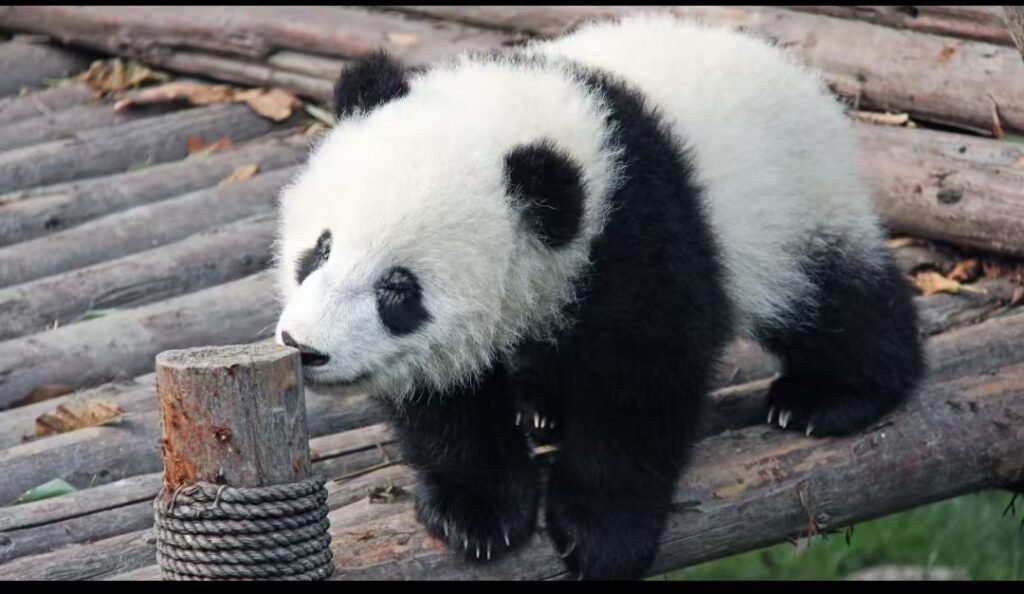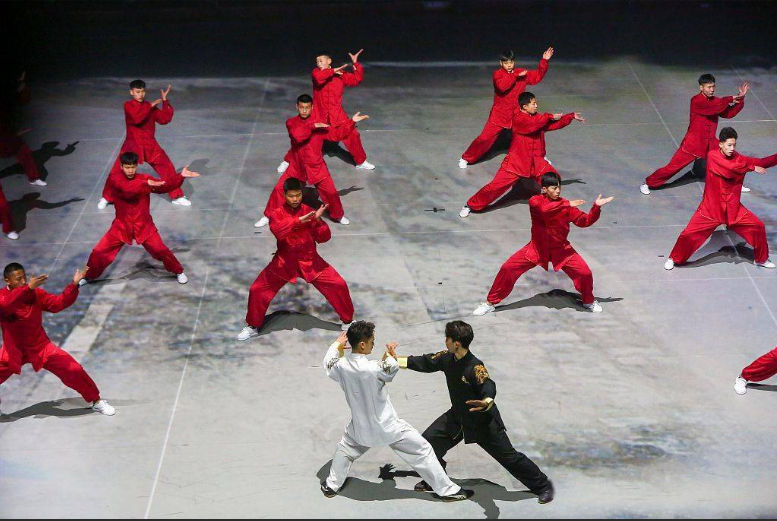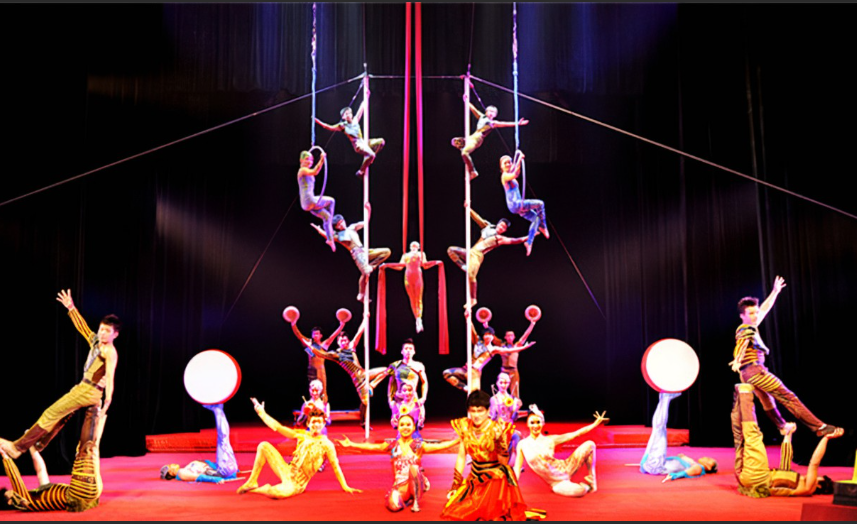📧 3599407152@qq.com 📱WhatsApp : +86 15810701565
Pandas in Beijing Zoo
As giant pandas lived in southern part of China, too far for most of the people have a look the lovely creature. Pandas in Beijing zoo will be the best place to meet people.




Giant Pandas:
Survival Status: From Endangered to Vulnerable

—Giant pandas (Ailuropoda melanoleuca), once classified as endangered, have seen a remarkable recovery due to decades of conservation efforts. As of 2024, approximately 1,864 wild pandas remain in China’s mountainous regions, primarily across Sichuan, Shaanxi, and Gansu provinces, spanning six major mountain ranges such as Minshan and Qinling. Their habitat, now protected by 67 nature reserves, covers over 2.3 million hectares, safeguarding 71% of the wild population.
Ongoing Challenges to Panda Survival
—Despite this progress, challenges persist. Habitat fragmentation—caused by human infrastructure and climate change—threatens genetic diversity. For example, isolated panda groups in the Daxiangling and Xiaoxiangling mountains face heightened extinction risks. Additionally, bamboo flowering cycles (every 60–120 years) periodically devastate food supplies, as seen in the 1970s–1980s when mass starvation claimed over 150 pandas.
Unique Habits and Adaptations
Giant pandas are evolutionary marvels, having transitioned from carnivores to bamboo specialists over millions of years. Key adaptations include:
– Dietary Shift: Modern pandas consume 12–38 kg of bamboo daily, relying on a “pseudo-thumb”—a modified wrist bone—to grip stalks. Their 16 bitter-taste receptors help avoid toxic plants.
– Energy Conservation: To offset bamboo’s low nutrition, pandas minimize movement, traveling only 300–500 meters daily and resting frequently.
– Reproductive Challenges: Females ovulate once yearly, with a 24–72-hour fertility window. Gestation lasts 83–200 days, and cubs weigh just 100g at birth, requiring intensive maternal care.
China’s multifaceted approach has stabilized panda populations:
– Habitat Protection: Since 1963, 67 reserves have been established, including Wolong and Wanglang, with corridors reconnecting fragmented forests.
– Captive Breeding: Facilities like Beijing Zoo and Chengdu Research Base have boosted captive numbers to 633 individuals (2024 data), with breakthroughs in artificial insemination and cub survival rates.
– Global Collaboration: Pandas serve as diplomatic envoys, fostering partnerships. For instance, Australia’s Adelaide Zoo hosts pandas Xingqiu and Yilan under a 10-year Sino-Australian research agreement.
The Role of Zoos: Education and Innovation
Zoos like Beijing Zoo play a dual role in conservation and public engagement. Interactive panels in Beijing Zoo educate visitors about panda biology, habitat challenges, and breeding programs. These displays highlight innovations like GPS tracking for released pandas (e.g., Xiangxiang in 2006) and genetic studies to enhance captive diversity.
However, captivity poses challenges. Elderly pandas, such as Beijing Zoo’s Gu Gu (1999–2025), require specialized care for age-related ailments like organ failure. Advanced medical protocols developed here inform global panda healthcare standards.
Future Directions
While pandas’ reclassification to vulnerable (2016) marks progress, climate change and human encroachment demand sustained action. Priorities include:
– Expanding habitat corridors using 3D mapping and AI.
– Strengthening anti-poaching laws, with penalties up to life imprisonment for trafficking.
– Enhancing community-based ecotourism to balance economic growth and conservation.
Conclusion
Giant pandas symbolize both ecological resilience and human ingenuity. From their bamboo-dominated diets to the panels in Beijing Zoo detailing their journey, every aspect underscores the urgency of coexistence. By integrating science, policy, and public awareness, humanity can ensure these black-and-white ambassadors thrive for millennia.
More Special in Beijing
Beijing Holiday Tour Customized Services










